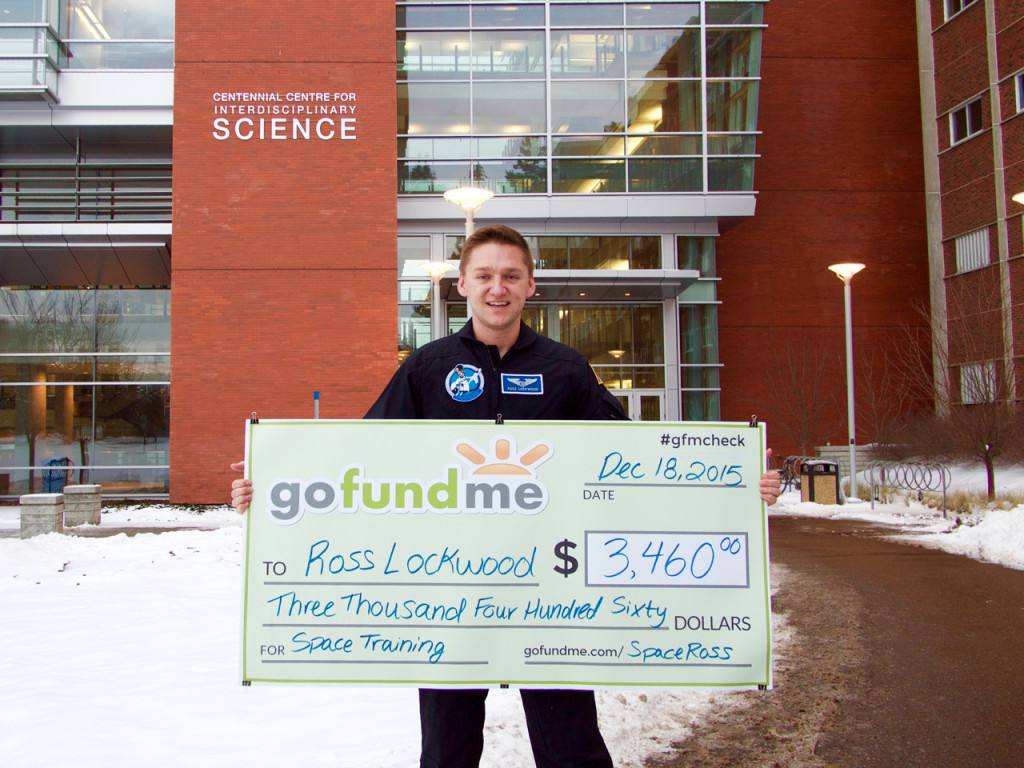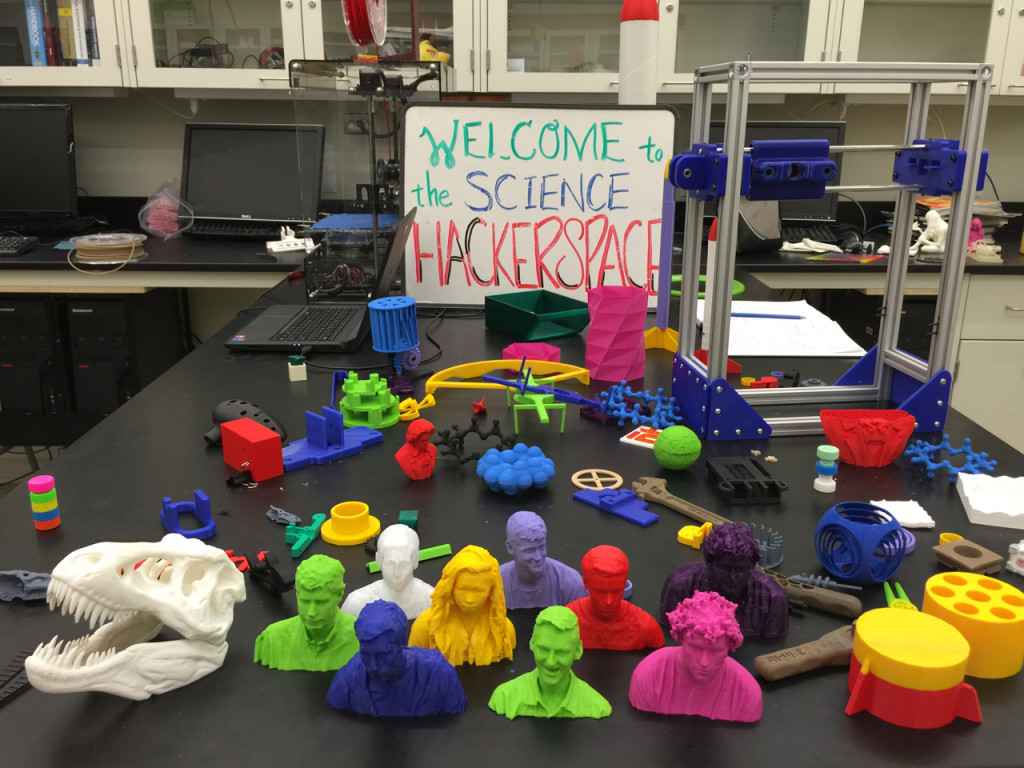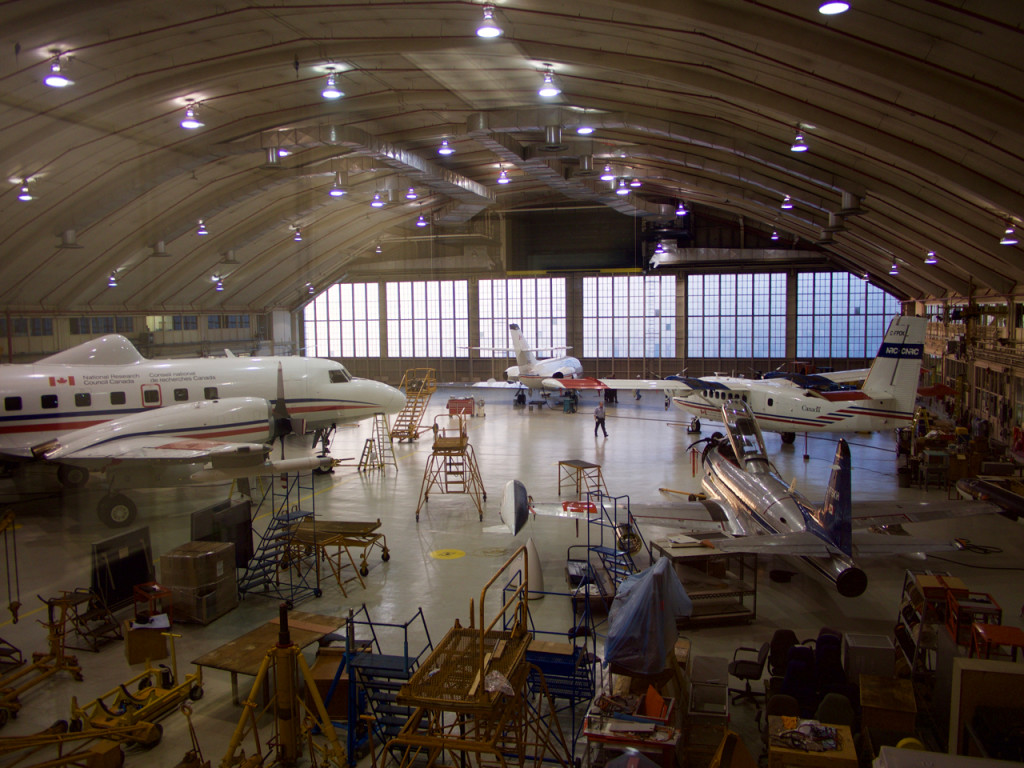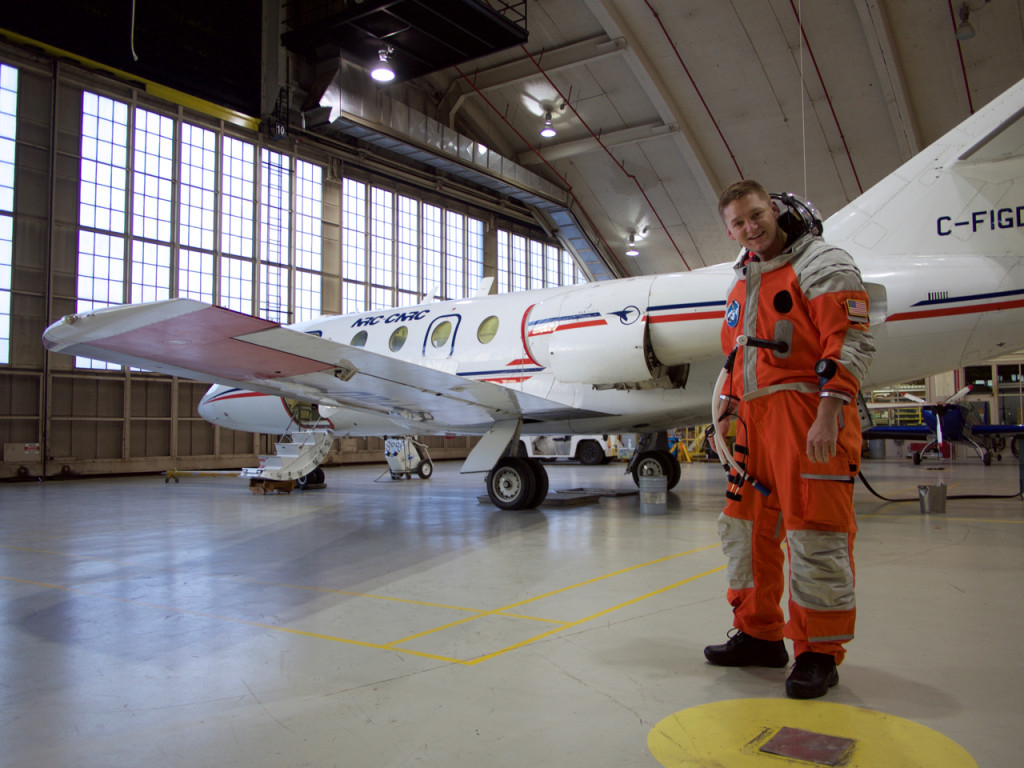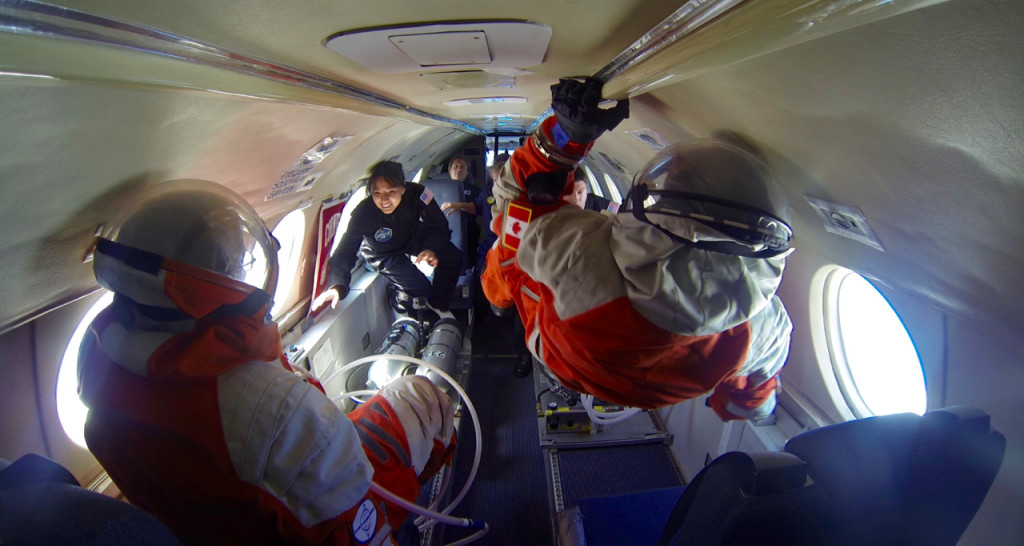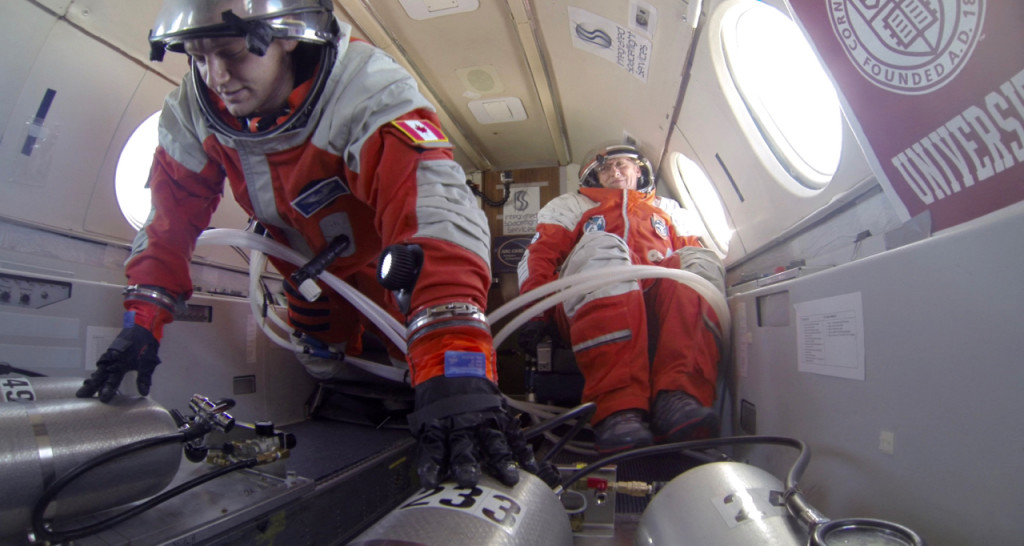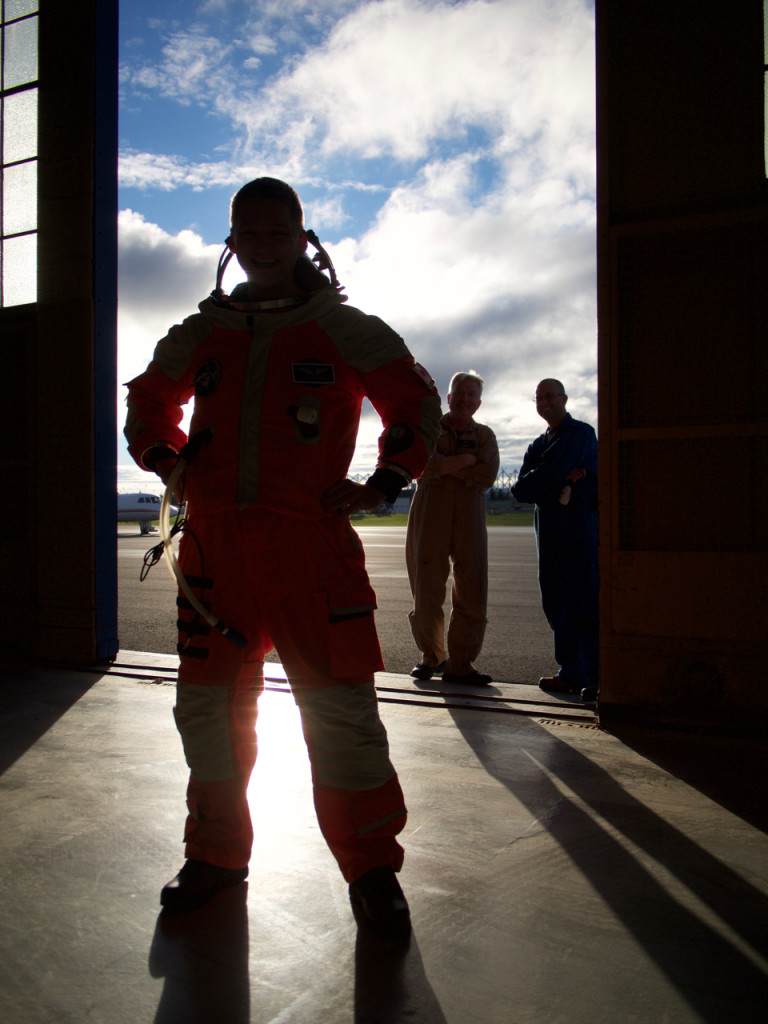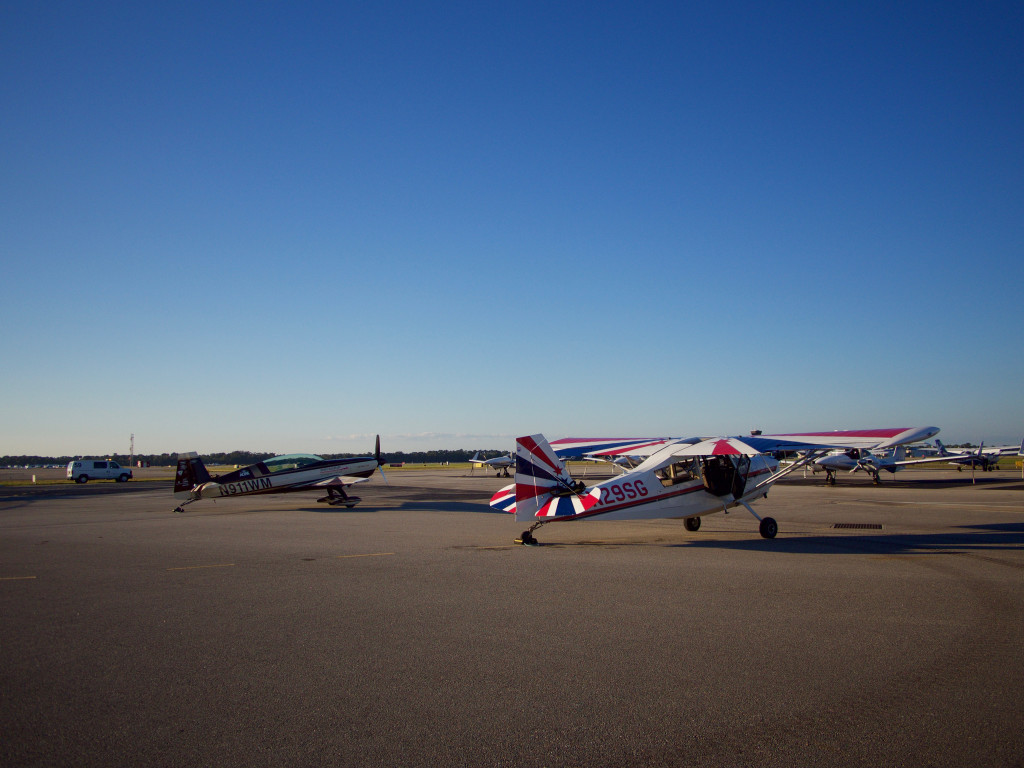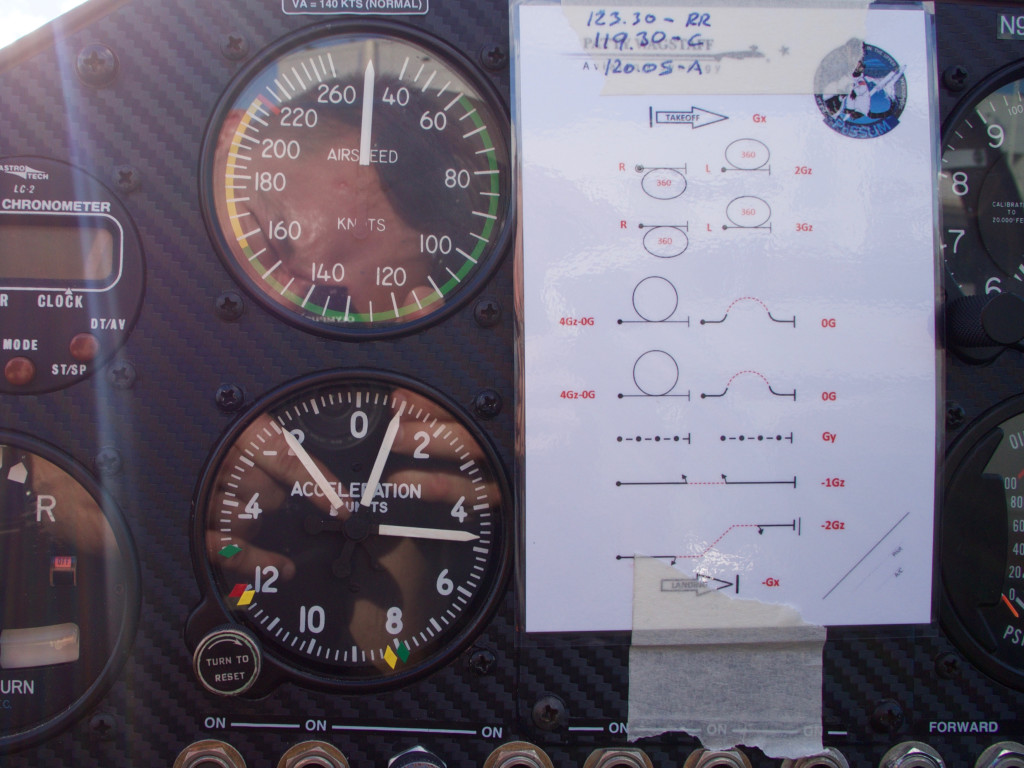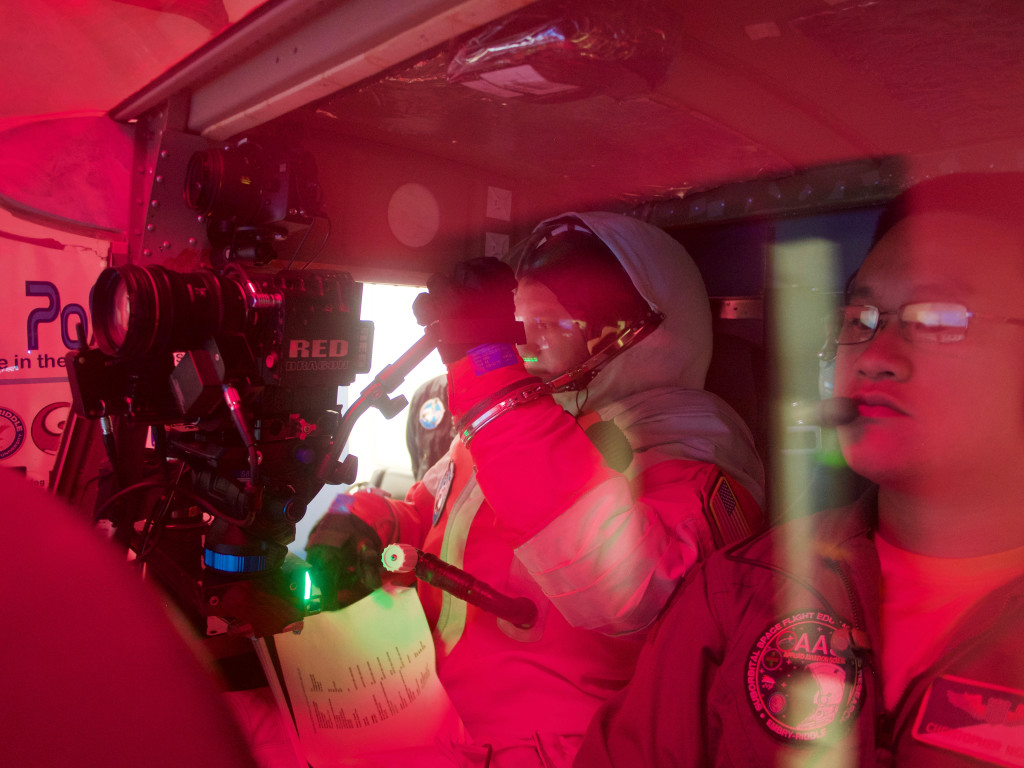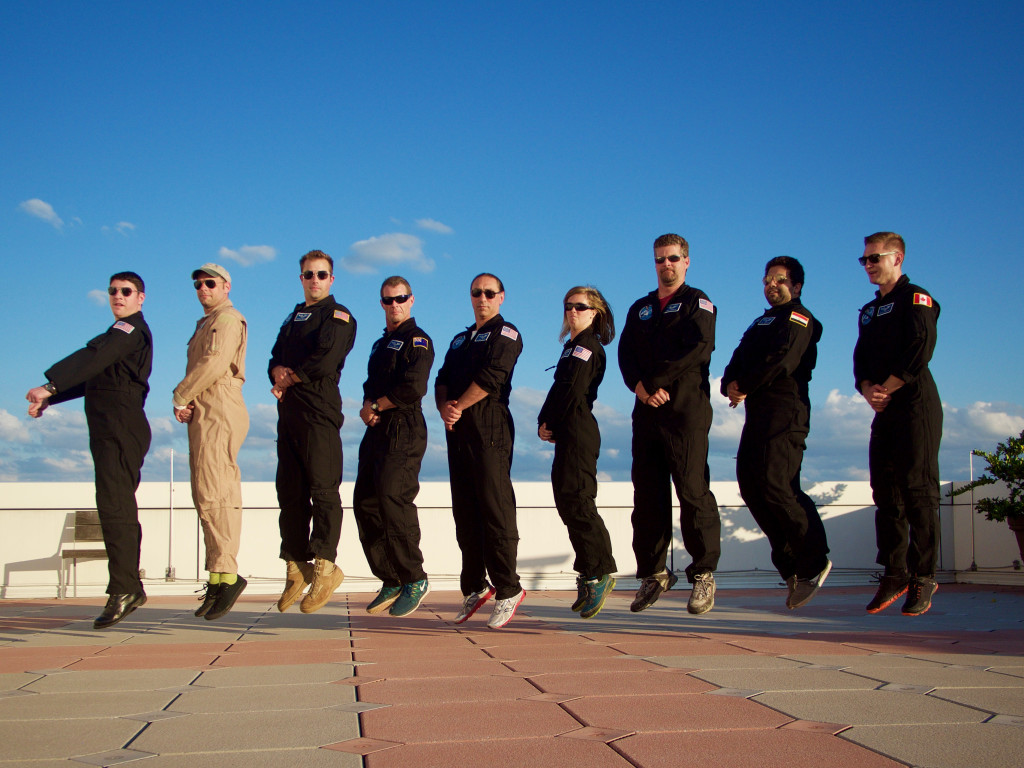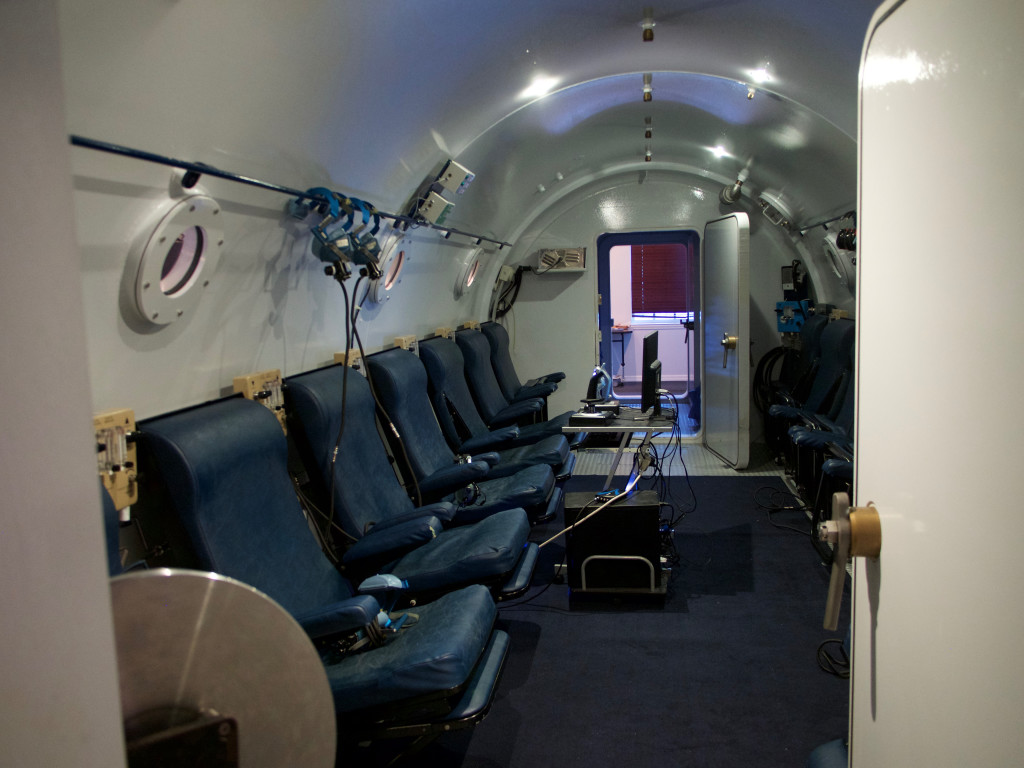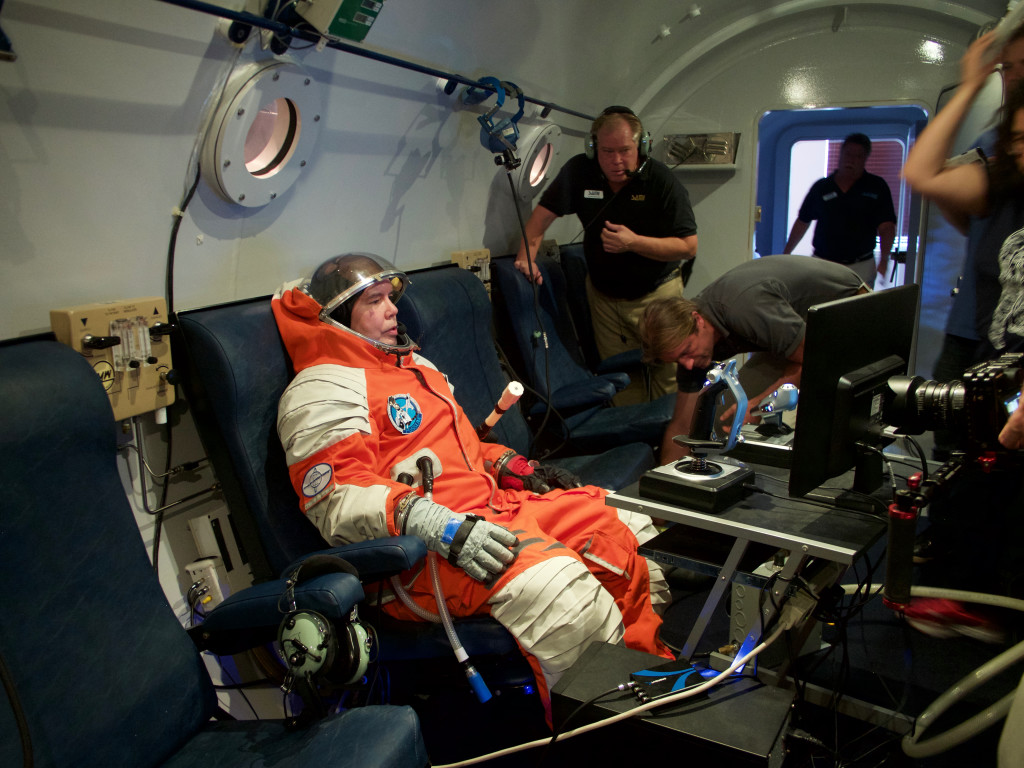I recently returned from a short trip to Philadelphia, where I visited the National Aerospace Training and Research (NASTAR) Center. The reason for my visit? I was participating in a University of Texas Medical Branch (UTMB) study entitled ‘Commercial Spaceflight Passenger Training Methods’.
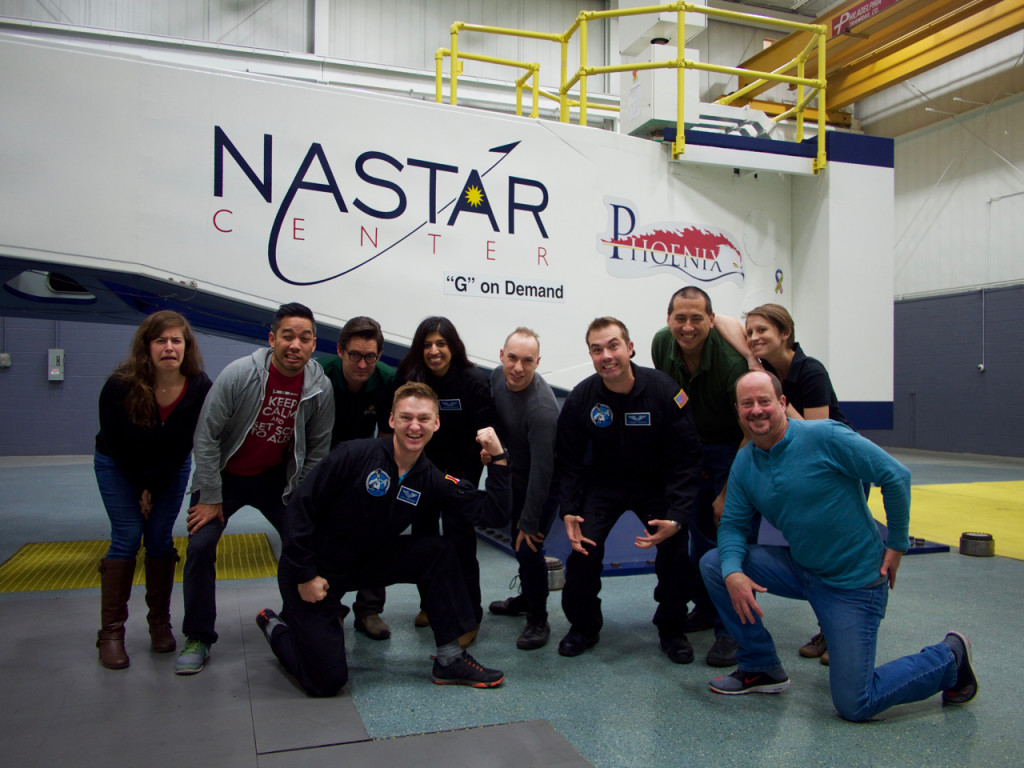
Among the participants were PoSSUM graduates: Shawna Pandya, Alex McHale, and Final Frontier Design employee Virgil Calejesan. Since we signed up for the two-day experience, we were treated to a classroom introduction into civilian spaceflight, along with breathing techniques and anti-G straining maneuvers, before our “flights” in the centrifuge.
Over the 2 days, we were slowly introduced to different G-forces (Gx: being accelerated forward in our seats, vs. Gz: being accelerated upward in our seats). And, if we were comfortable with the training runs, we moved up to spins that simulated the flight profiles of different types of spaceplanes.
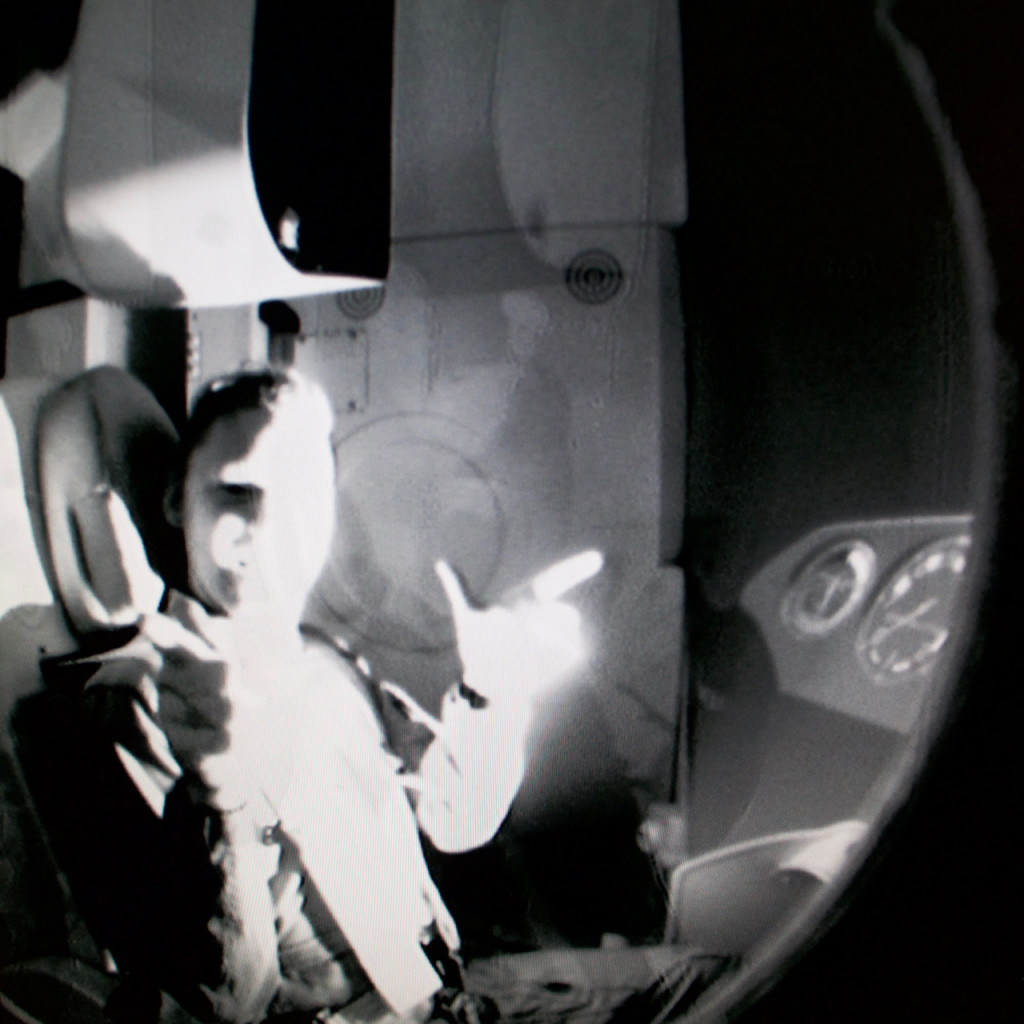
Overall, the experience was tremendously valuable to me. The centrifuge experience can only be described in comparison to similar experiences I’ve had on roller-coasters, and I have to say, it beats them handily. Not only was the centrifuge less violent than your run-of-the-mill rollercoaster, but the G-forces felt more “pure”. Our maximum accelerations topped out at 6 G’s, which you can see in the video below. How close does it match a real spaceplane ride..? I don’t know, but I’ll tell you once I’ve done it!
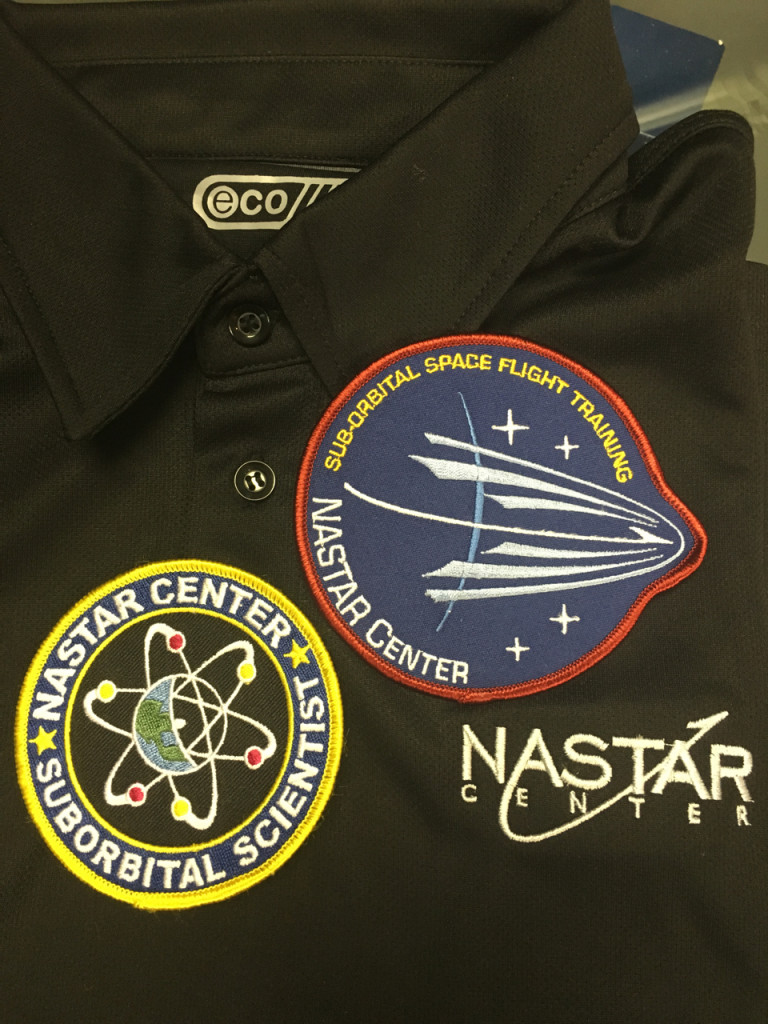
The best part of all this is that you can participate in the UTMB study! Via their website, the requirements are as follows:
Requirements
- Must be ages 18 and older
- Must be of adequate health as determined by applicable study criteria
- Must obtain the equivalent of an FAA Class III flight physical at volunteer`s expense. (Note for Canadians, this is a CASE Category 1 Flight Physical and EKG).
- Must be able to commit to up to two full, consecutive, days of training (9am – 4:30pm). Training time is based on the training group you are assigned to and cannot be pre-selected.
- Must be able to show up on time and provide own means of travel, accommodation, etc. for the full duration of the study.
Sign up for the Space Flight Research Program now.
Until next time, here is a two-minute clip of one of the centrifuge ‘spins’. The clip is broken up into segments; first, showing the “flight” portion of the spaceplane, and once rotation of the arm begins, the “launch” phase where the spaceplane’s rocket would be lit. Finally, the “re-entry” phase where I experience a grand total of 6 G’s. Enjoy!
